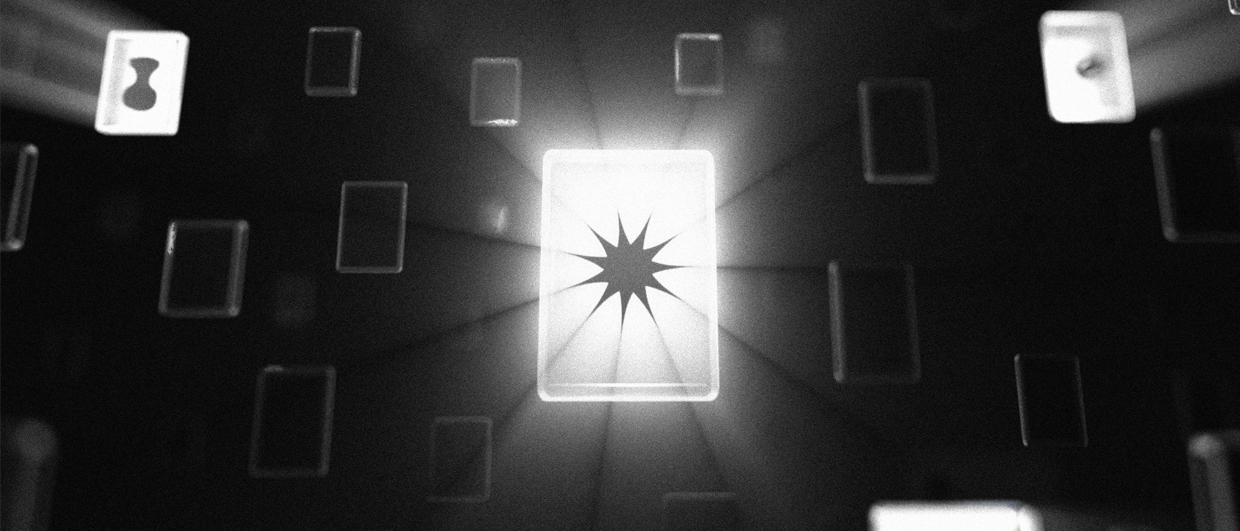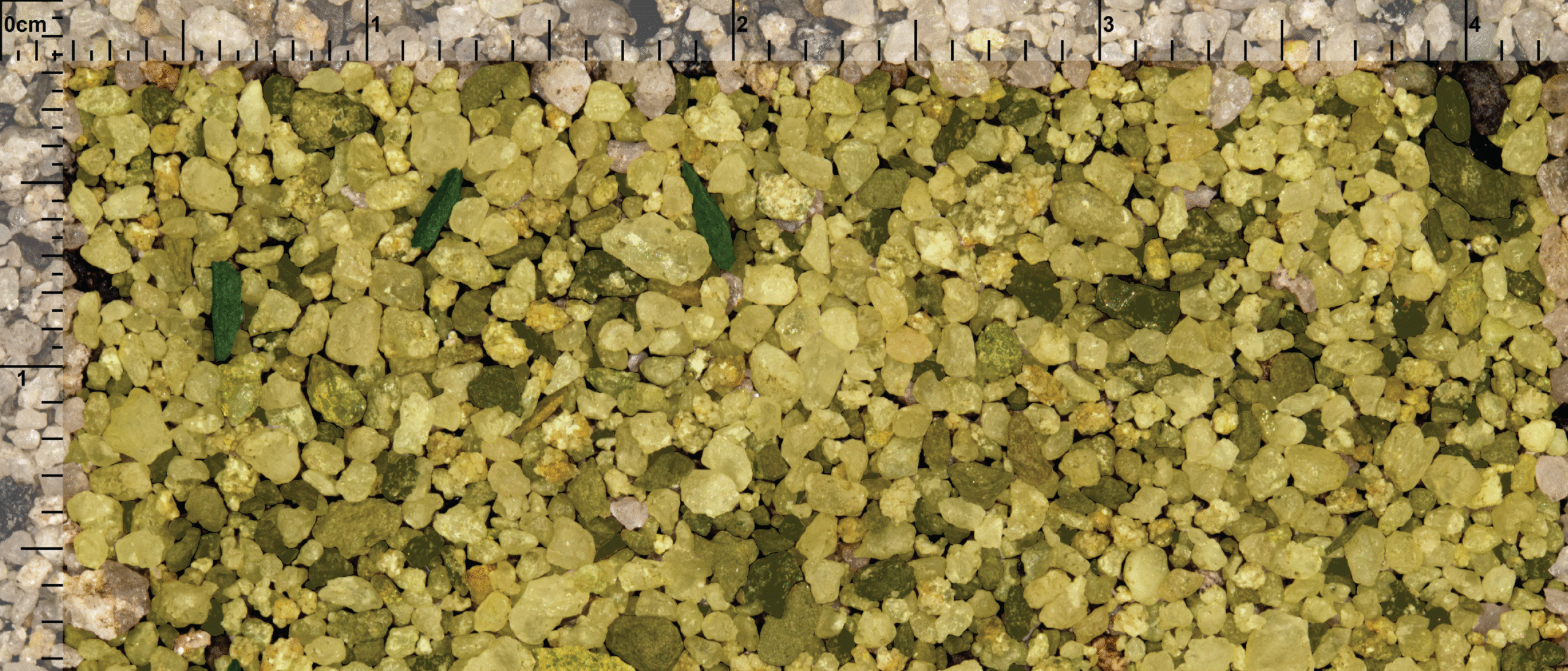The question at the heart of geoethics today isn’t just whether we should use artificial intelligence (AI) in geoscience, it’s how we use it, to what end, and what that says about our values.
We’ve built increasingly sophisticated technology, yet much of its application still revolves around what is affectionately known as “painting the map” – incrementally extending known discoveries. The real challenge isn’t just in optimisation. It’s in rethinking what exploration means in a world where the data is already largely in hand. The philosophical pivot must be: Should we use AI to ask better, fundamentally different questions about the subsurface, or just faster versions of the same ones?
From a practical standpoint, the argument for AI is compelling. It’s cheaper, safer, and potentially greener. It de-risks expensive up-front investment without requiring intensive capital or human labour. That alone makes it ethically attractive – if it helps reduce environmental impact while meeting today’s energy demands.
But, we must also recognise that AI reflects the bias and risk-aversion of its human operators. If we use it only to automate workflows in pursuit of conventional prospects, we aren’t innovating – we’re just doing the wrong thing faster. That may make sense economically in the short term, but it’s strategically hollow.
The real opportunity lies not in using AI to indefinitely prolong the age of oil and gas, but to identify new conceptual models and solve fundamental subsurface problems. This shifts our focus from “How did we miss that field?” to “How did we miss this approach?”
AI’s capacity to process and analyze vast datasets in ways fundamentally different from human cognition is crucial here. An advanced AI could perceive and interpret data in novel ways, leading to discoveries that human intelligence, with its inherent limitations and trained perspectives, might consistently overlook. For subsurface exploration, this means AI could identify geological formations, fluid pathways, or even resource types that don’t neatly fit into existing human-derived models. This could revolutionize our understanding of Earth’s subsurface and how we interact with it.
Ultimately, the challenge isn’t about AI itself. It’s about our imagination, our courage to ask different questions, and our willingness to invest in new paradigms. Technology is neutral; it’s what we ask of it that shapes the future.





